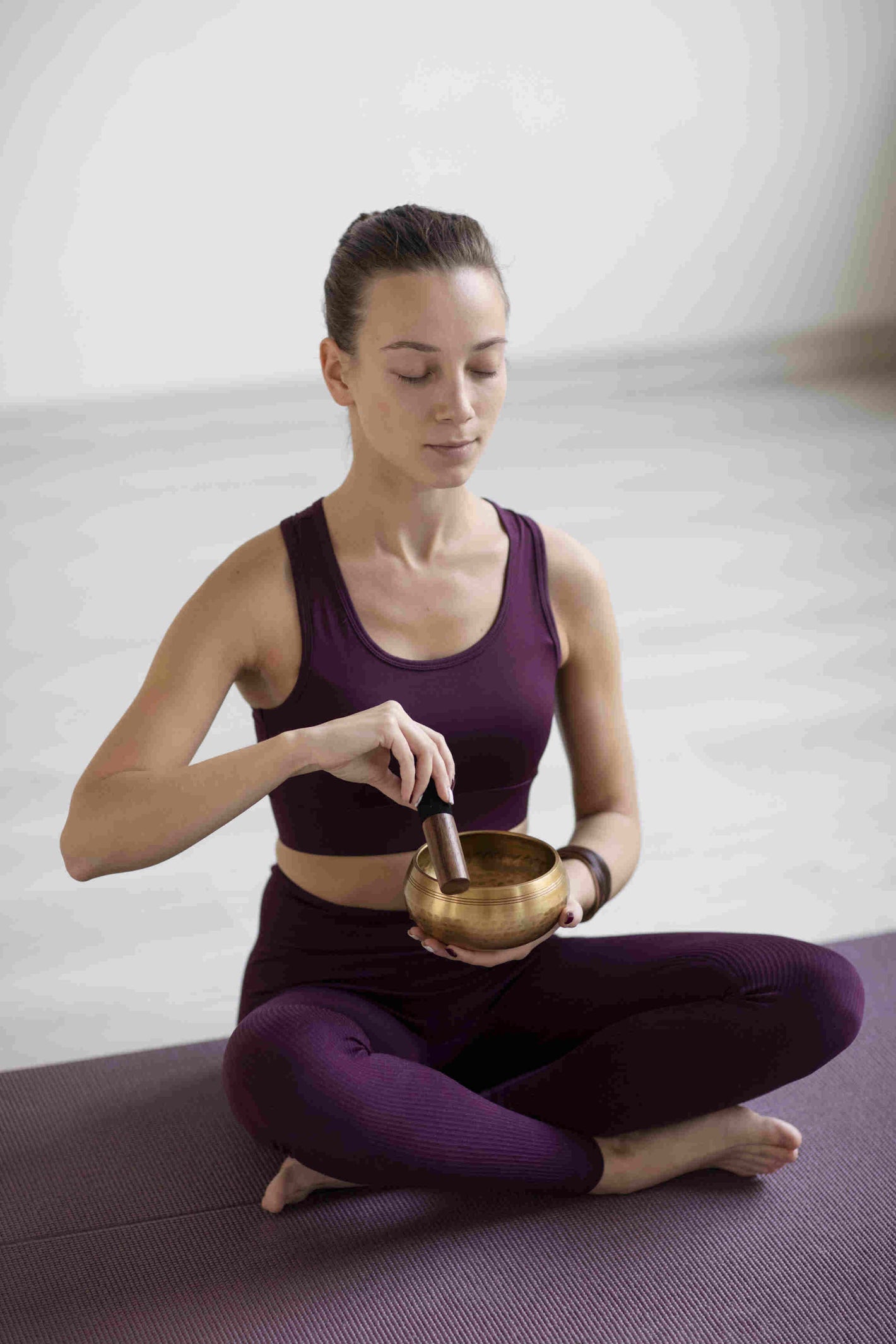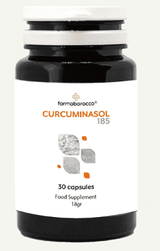What Are the Dangers of Singing Bowls?

Related products
Although singing bowls have more benefits than risks, they are nevertheless essential to understand as knowing when to avoid or limit their use is necessary. The singing balls are not just instruments or toys; they are, in fact, a perfect tool for medication that religious personalities have used for hundreds and even thousands of years.

This article attempts to explain the dangers of singing bowls and highlights the necessary warnings and cautions a person should be careful of. Keep reading for more details.
Not a replacement for medical therapy
The biggest dangers associated with singing bowls are not related to the balls but personal preferences and needs. These bowls are not a replacement for professional medical care and advice and are not used to prevent or treat specific medical conditions.
If a person is suffering from severe anxiety, substance abuse, chronic depression, and pain, it is necessary to consult a doctor/ psychiatrist. Stinging bowl therapy is nevertheless a complementary treatment to the doctor's advice. They are a way to support and boost healing and not a primary treatment for other health conditions.
To compensate for this, Welzo offers medical advice through its healthcare providers. Visit our page for online consultation by online GP appointments and discuss your health care issues.
Singing bowl and sound therapy
If a person has ever participated in a sound therapy session with an expert, it is easy to recall that the sound balls are placed on the body for health benefits. It is to target that area. For example, a person wanting to work on the heart chakra often places these bowls on their chest. However, such a practice is not free from potential risks and complications.
Likewise, a person with metal sensitivity often develops clinical signs after encountering metallic bowls. In most cases, it causes irritation and a rash; nevertheless, it must be avoided.
The second example is open to debate. Some reports say sound healing using stinging bowls benefits pregnant women, while others warn about potential health benefits. The bowl vibrates on the body, and awareness of the possible adverse effects is necessary. The safest position is to avoid placing stinging bowls directly on the skin during pregnancy.
There is also a warning for epileptic patients. Although it is highly uncommon, its sound is often able to trigger seizures. If there is a history of epilepsy, consult a neurologist before engaging in sound therapy and using stinging bowls.
Headaches and migraine
Soothing headaches and migraines are among the other health benefits of singing bowls. However, it is possible to experience a headache and migraine while listening to a singing bowl. Singing bowls are good healing instruments; if one experiences adverse effects while using them, these effects are the adverse effects of these bowls.
It is a sign that one must stop using it and consult the healthcare provider.

Artificial joints and stinging bowls
Another important disadvantage of stinging bowls is that they damage pacemakers and artificial joints. Although the sound is mostly used as a weapon of destruction, most singing bowls do not operate at the right volume and frequency to blow up artificial knees. Consult the doctor if you have any similar doubts.
Hearing loss
The high decibel level sound and vibrations produced by the singing bowls pose a substantial risk to hearing. Their improper use, particularly for extended periods close to the ears, causes the sound energy generated by three bowls to reach the ears.
Prolonged exposure to these voices causes a ringing sensation in the ears (tinnitus), temporary or permanent hearing loss, and increased sensitivity to certain noises. The risk is high with the loud playing of the bowls and the forceful strike. Individuals with pre-existing hearing problems must be cautious and consult an audiologist before using singing bowls.
Effects of vibrations
The powerful vibrations produced by the singing bowls have significant effects on the body that are not always beneficial. For people with certain medical illnesses, e.g., epilepsy, migraines, and vertigo, these bowls lead to adverse effects. The intense and rhythmic nature of the vibrations triggers headaches, nausea, and dizziness in sensitive people.
These vibrations also pose risks during pregnancy. To mitigate these health effects, starting with a smaller session and gradually increasing it while paying attention to the body's responses and seeking medical care in case of pre-existing conditions is advised.
Injuries and burns
Singing bowls are often used with heat, e.g., by placing hot water inside the bowl for additional vibration effects. This practice has a fear of burning if improperly handled. The bowl's surface becomes too hot, which causes skin burns and more risks in case of accidental spills.
Keep the bowls out of the reach of children, control the temperature, and wear protective clothing when handling the hot singing bowls.
Altered consciousness
Singing bowls are employed in meditation practices to alter the conscious. They benefit the skin but have many dangers. Besides causing spiritual insights, profound creativity, and relaxation, such a profound sensation causes a poor sense of reality and disorientation. Such conditions are distressing, particularly for those with certain health conditions and altered mental health.
The transition to the normal state is often jarring and disruptive, causing anxiety and confusion.

Untrained users
Improper use of singing bowls by a poorly qualified and experienced person results in effective and beneficial sessions. Specific techniques for singing bowls, such as proper positioning and appropriate press and speed, are necessary to achieve the desired therapeutic results.
Without adequate training, people experience discordant vibrations that cause discomfort. In the therapeutic background, an inexperienced person will likely fail to address health and exacerbate pre-existing conditions. To ensure better safety and effectiveness, people must seek sessions from a trained person with experience in different techniques.
Overuse
Using singing bowls excessively leads to sensory overload and physical or mental discomfort. Prolonged exposure to intense vibrations and resonant sounds can cause headaches, fatigue, anxiety, or irritability. Overuse also diminishes the therapeutic benefits, as the body and mind may become desensitised to the effects over time.
It is essential to balance singing bowls with adequate breaks to allow the body and mind to rest and integrate the experiences. Practitioners should listen to their body's signals and limit session durations, gradually building up as their tolerance increases. Additionally, alternating singing bowl sessions with other forms of relaxation or therapeutic practices helps prevent overuse and maintain the effectiveness of this therapy.
Frequently Asked Questions
How safe are the singing bowls?
Although the singing bowls are generally classified as safe, little research is available on this topic. Its vibrations could disturb and shake the inside, causing it to malfunction and move, resulting in pain and death in severe conditions.
Who needs to avoid the sound bath while using singing bowls?
People with neurological conditions and sound sensitivity often find the intensity of these sounds overwhelming. Those with pre-existing health conditions must avoid the water bath experience, which usually triggers unexpected results.
How do singing bowls work, and what is the science behind them?
The sound effects of the singing bowls produce binaural beats that encourage brain waves, making a person feel relaxed. These waves include trance-like theta and beta waves. This entertainment stimulates the brain using pulsing light and sound.
How do you detect a fake singing bowl?
Authentic singing bowls are made using excellent-quality metals and have visible signs of hand hammering. The fake ones, on the other hand, exhibit a machine-produced uniformity. The authentic singing bowls resonate with a sustained and clear sound, while a fake one produces a short-lived and flat tone.
How to choose a perfect singing bowl?
Keep in mind certain things before purchasing a singing bowl. Use it with preferred sounds and try different mallets to explore the bowls' tones. Using a leather-headed mallet or a wooden one produces higher-pitched sounds, while the soft-headed mallet produces deeper tones.
From which countries do the singing bowls belong?
Singing bowls originated in Mesopotamia over 5,000 years ago and gradually made their way to India, Tibet, and Nepal through Buddhist Monks. The history and culture of these regions with singing bowls date back over 2000 years.

Bottom-line
Although singing bowls offer numerous health benefits, such as emotional healing, stress reduction, and relaxation, proper awareness of their potential risks must be developed. By practising appropriate care, developing mindfulness, taking care of health conditions, and consulting a trained professional, it is possible to minimise health risks and experience better safety and enrichment with these instruments.
Welzo is a comprehensive health platform that offers various health services. Its health hub contains everything needed for a balanced and happy life. Visit it today to experience excellent health tomorrow.




































 Rated Excellent by 26,523+ Reviews
Rated Excellent by 26,523+ Reviews